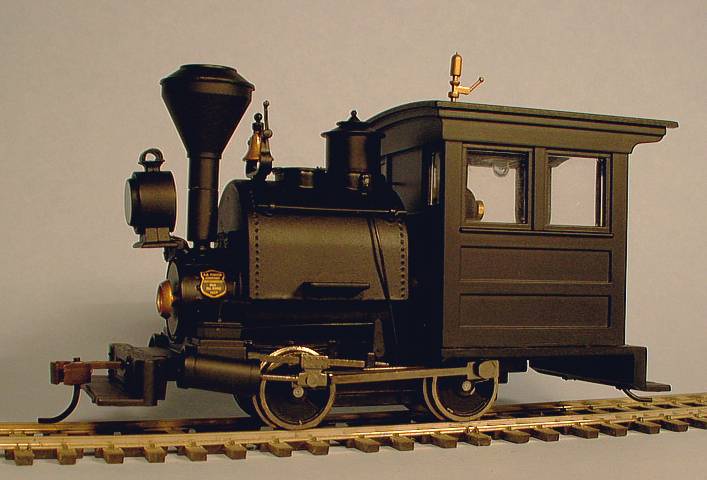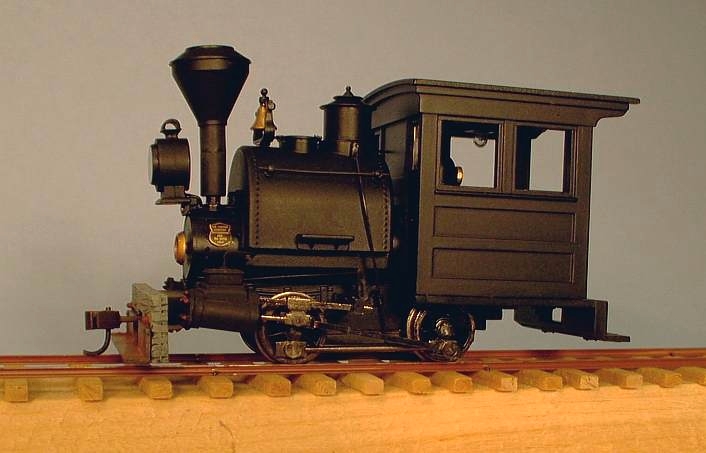
In disassembling my Porter, I was amazed to see that the connecting rod holes had been filed. Since my Porter was a new product, this had to have been done at the time of manufacturing in China and most likely to correct driver quartering errors. I'll come back to this later.
After checking the final gauge with an NMRA On3 standards gauge, I applied a small drop of epoxy resin to the axle ends. Note that it was not necessary to re-quarter the drivers after conversion.

I was surprised how well the finished model ran. After bending the driver wipers further apart, my Porter ran reasonably smoothly although on closer inspection I did notice that she tended to waddle at the rear end as she travelled down my test track (no adverse comments here, guys). After a lot of thought, I stripped the loco down and re-tested the drivers for eccentricity and found that they were perfect. Next, I checked the drivers for proper quartering and found that they were not quartered properly at all. Well, well, that's why the drive rods were filed at the factory. Another mystery solved.
I reassembled the loco again and now she runs runs minus the waddle. Success! I can only imagine that after she's broken in, she'll run even more smoothly. I plan to use more of the "dress up" kit when I start the back dating project (new stack, tool boxes etc.) plus a white metal engineer and fireman. In all, these will add much needed weight to the model and improve electrical pick up.
Now with my Porter successfully re-gauged to 3', the most difficult part is behind me and I can now turn my attention to the remaining items.
Click on the arrow below to see the links for the remainder of this construction project or here to see part 2.

